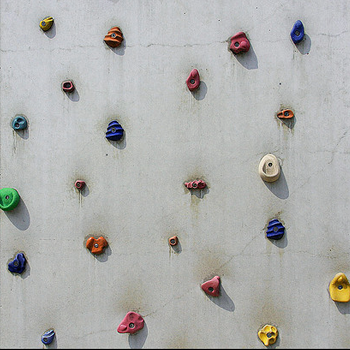Question #d8042
1 Answer
Explanation:
The
Where:
The total energy of the ball when it is first thrown is ONLY due to its Kinetic Energy; it does NOT have any
A) Plug in and solve for the total energy at the first point (when the ball is first thrown)
#E_"Total1"rarr KE = (1/2)(1.0kg)(30m/s)^2 = color(red)("450 Joules")#
Now, the second point where we need to figure out the total energy is when the ball reaches the top or maximum height. Here, it only possesses Potential Energy and not Kinetic Energy.The ball has now been elevated above its reference point (the ground) so it has potential energy. Now even though the ball is thrown at some velocity, once it reaches the very top, its velocity becomes
B) Find the total energy at the 2nd point (max height)
#E_"Total2" rarr PE = m*g*h = (1.0kg)(9.8m/s^2)(h)#
Where:
We are not given the height. How can we calculate the total energy of the system at the top?
Well, since we have figured out the total energy of the system when the ball was first thrown and we can assume that the total energy of the system is conserved and we did not lose any energy due to air resistance, we can conclude that the total energy at the top is the same as when the ball was first thrown. The total energy of the system never changes throughout the duration of the flight.

